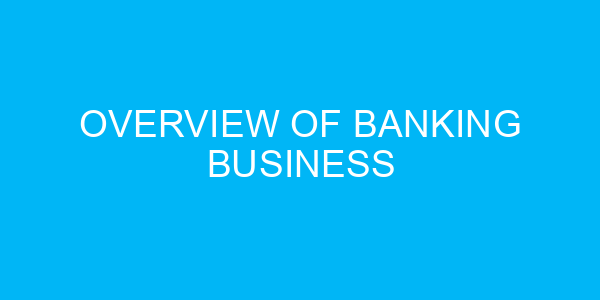11. What is a bank’s reserve requirement?
a) The minimum amount of cash that a bank must hold as a percentage of its deposits
b) The maximum amount of money a bank can lend to a single borrower
c) The minimum credit score required to get a loan from a bank
d) The amount of interest a bank charges on loans
12. What is the purpose of the lender of last resort function of a central bank?
a) To provide affordable loans to individuals and businesses
b) To act as a backstop for banks facing liquidity shortages
c) To regulate interest rates in the economy
d) To issue and manage the national currency
13. Which of the following is not a risk that banks face?
a) Credit risk
b) Market risk
c) Liquidity risk
d) Inflation risk
14. What is the difference between retail banking and wholesale banking?
a) Retail banking serves individual customers, while wholesale banking serves large corporate clients
b) Retail banking focuses on lending, while wholesale banking focuses on investment banking
c) Retail banking operates through physical branches, while wholesale banking operates through online platforms
d) There is no difference between retail banking and wholesale banking
15. What is the role of the Federal Deposit Insurance Corporation (FDIC)?
a) To regulate interest rates
b) To provide deposit insurance to bank customers
c) To oversee the stock market
d) To issue currency




